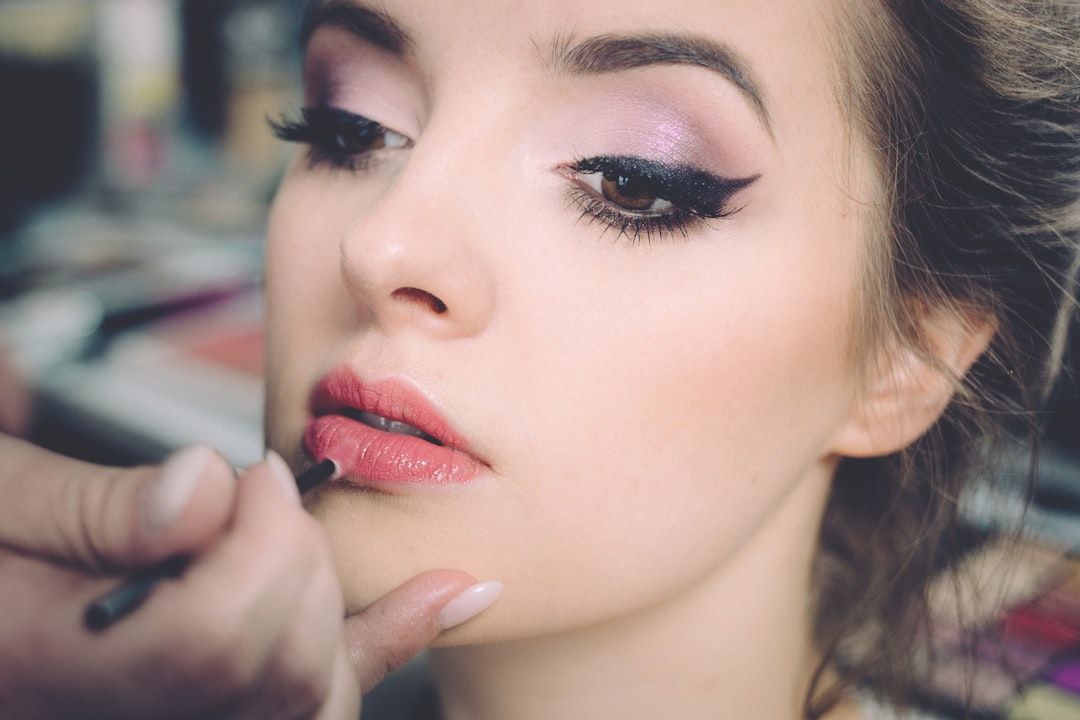

Soft waxes are a type of wax that is commonly used for hair removal. These waxes have some specific characteristics that make them popular among people who prefer waxing over other hair removal methods.
Debunking Common Myths About Waxing
Despite its benefits, waxing also has drawbacks such as ingrown hairs and minor bleeding. Additionally, individuals with certain medical conditions or taking specific medications may be at higher risk for skin irritation or complications during waxing.
Excessive sweating: Another thing to avoid after waxing is excessive sweating. (This) means avoiding intense workouts or activities that may cause you to sweat profusely. Sweat can clog pores and lead to breakouts on freshly waxed skin, so it's best to take it easy until your skin has had time to recover!
Decreased risk of ingrown hairs
Yes, waxing can potentially irritate sensitive skin due to the pulling and tugging involved in the process.
Risk of injury or burns
While professional waxing sessions may be more expensive upfront, they often provide more precise and efficient results.
[ edit ]
2. Which type of wax is better for sensitive areas like the face or bikini area?
What is waxing
Incorporate relaxation techniques like visualization or positive affirmations into your deep breathing practice for added comfort. Picture yourself in a calming environment or repeat soothing statements in your mind to distract yourself from any sensations of pain or discomfort. By combining deep breathing with mental imagery or affirmations, you can create a more positive and relaxing experience during your waxing session.
4. Will my hair grow back thicker after waxing?
Waxing is the process of hair removal from the root by using a covering of a sticky substance, such as wax, to adhere to body hair, and then removing this covering and pulling out the hair from the follicle. where can i buy hard wax beads New hair will not grow back in the previously waxed area for four to six weeks, although some people will start to see regrowth in only a week due to some of their hair being on a different human hair growth cycle. Almost any area of the body can be waxed, including eyebrows , face, pubic hair (called bikini waxing or intimate waxing), legs, arms, back, abdomen, chest, knuckles, and feet. There are many types of waxing suitable for removing unwanted hair.
Factors to consider when determining frequency of waxing

Types
Waxing is a form of semi-permanent hair removal that involves applying a sticky substance, such as wax, to adhere to body hair and then removing this covering to pull out the hair from the follicle.
As a round up, remember that using clean, new wax strips for each application is crucial for successful at-home waxing. Don't compromise on hygiene and effectiveness by reusing old strips - your skin will thank you for it in the long run!
Despite its benefits, waxing also has drawbacks such as ingrown hairs and minor bleeding. Additionally, individuals with certain medical conditions or taking specific medications may be at higher risk for skin irritation or complications during waxing.
Waxing a woman's armpits .
To minimize irritation, you can try using a pre-waxing oil or numbing cream to help reduce discomfort.